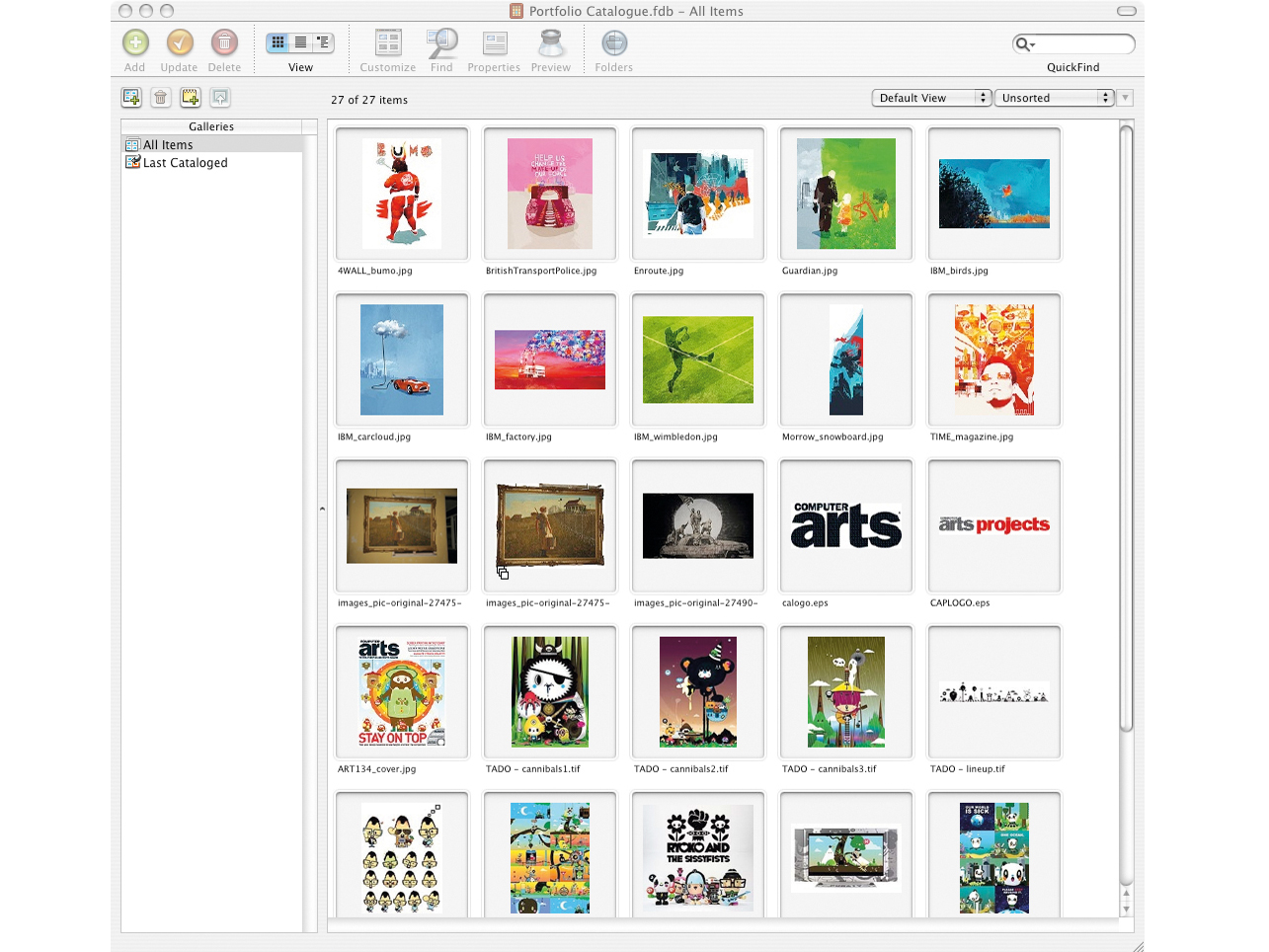TechRadar Verdict
New support and search features are great, but Portfolio Server and Client each lack stability and ease of use
Pros
- +
Powerful search and info facilities
Excellent format support
Cons
- -
Complicated Server install
Crash and error prone
Complicated cataloguing
Expensive asset management option
Why you can trust TechRadar
Anyone working in a professional content-creation environment will know that keeping tabs on a project's assets can be one of the most time-consuming parts of the job.
Not only that, but managing workflow and recording who's working on which version of a document can make the difference between hitting a deadline and rushing through a confused and messy job.
Extensis has made its reputation providing outright digital asset management tools. Portfolio Server and Client 8.5 is the latest incarnation of its software, with the most noise being made about Portfolio Project Sync, which is able to integrate with CS3.
Once installed on a network, the server-side of Portfolio is controlled through Client. We won't dwell on this aspect, but Portfolio 8.5's ability to resolve paths across a network of both Windows-based and OS X-based machines is this incarnation's biggest boon.
It does so faster and more rigidly than previous versions, and makes searching and transferring documents and assets, such as images and videos, a relative breeze.
However, we did encounter numerous issues while installing Server, finding it unable to locate catalogued files even though they were both on the same server. Only manually pointing to the folders through Client did we manage to resolve this.
Client-side, Extensis has done much to ease the process of asset management and file accessing. CS3 support is - as is advertised - well supported, with Photoshop, InDesign and native Illustrator files accessible through the control pane.
The interface itself has had a modest face-lift from the previous version. Searching facilities are also closer to hand than before, which is great, because Portfolio 8.5's search is now far more powerful, enabling a user to search, for instance, for a file labelled 'masthead' and returning all matches - regardless of format - complete with detailed document information and usage policies.
You can also search via Client's new Presets palette, which enables a user to save examples of metadata as a pre-set, then search under these parameters. This makes perfect sense, especially where rights usage is paramount.
Client's new drag and drop support is again a fantastic way of speeding up workflow . You can, for example, drag an image into InDesign, and with it the accompanying metadata.
A few flaws
Extensis has said it plans to make plug-ins available, which can automatically format photo credits or water marks to appear once the image is dropped. Text files can also be dragged directly onto a page. With InDesign in mind, Extensis has done well to ensure that when a text file is inserted, the text is automatically set into a text box and flowed into the document.
We couldn't get this to work properly, though, with the text file ignoring any paragraph formats and even muddling existing text, but with practice and sensibly defined presets it could be a very quick way to flow in text.
Portfolio's biggest following has traditionally been with digital photographers keen to catalogue their images and keep tabs on their use. Client's integration within Adobe's Bridge in this respect is second-to-none, with existing metadata at your finger tips.
As for the cons to Portfolio 8.5, it seems to have been rushed out. Extensis was obviously keen to follow up on Adobe's CS3 release and with such enthusiasm there are some worrying holes. Server is far harder to handle than previous versions while Client is often clumsy and crashed several times during testing. Overall, as a .5 update, it may be worth holding out for version 9.
Tech.co.uk was the former name of TechRadar.com. Its staff were at the forefront of the digital publishing revolution, and spearheaded the move to bring consumer technology journalism to its natural home – online. Many of the current TechRadar staff started life a Tech.co.uk staff writer, covering everything from the emerging smartphone market to the evolving market of personal computers. Think of it as the building blocks of the TechRadar you love today.
